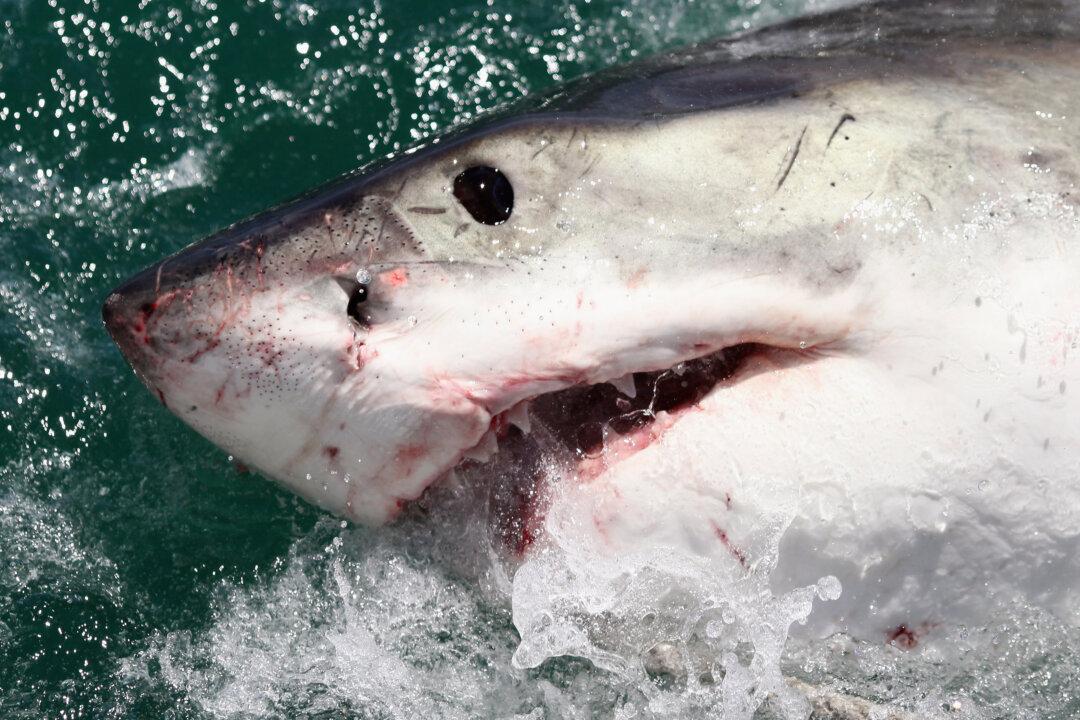North America’s polar vortex has caused temperatures in parts of the U.S. mid-west to plummet to record low Siberia-like temperatures. On Jan. 29, Chicago’s overnight minimum dropped to minus 54 degrees Celsius (minus 48.9 degrees Fahrenheit), which city authorities warned to be cold enough for anyone to “freeze to death in minutes.”
In stark contrast, Australia is experiencing its hottest summer on modern historic records, according to national median temperates. Although there is no such thing as an anti-polar vortex, a combination of high air pressure and a late monsoon season in tropical North Queensland has created unprecedented heat, according to the Australian Bureau of Meteorology (BOM).





